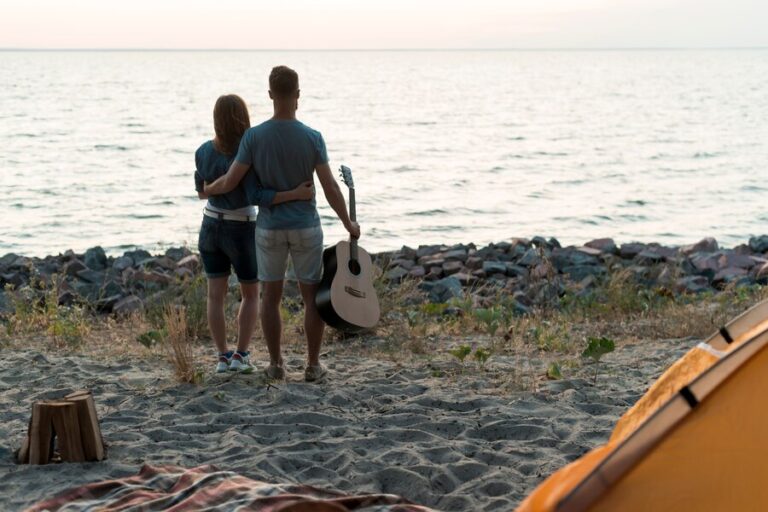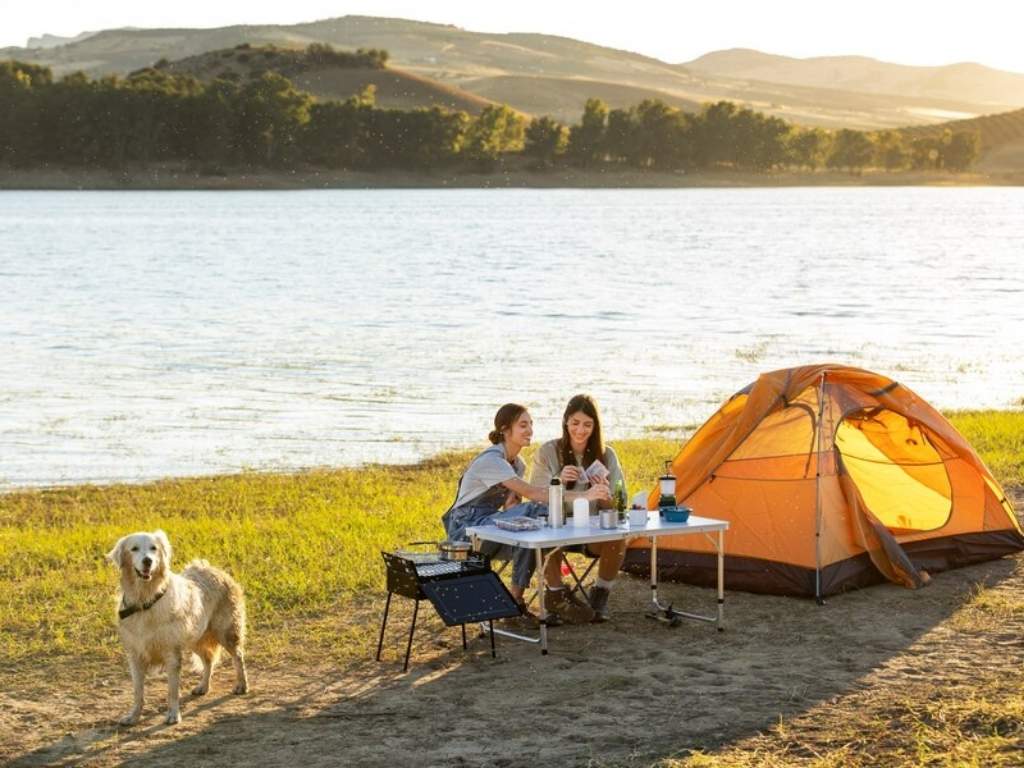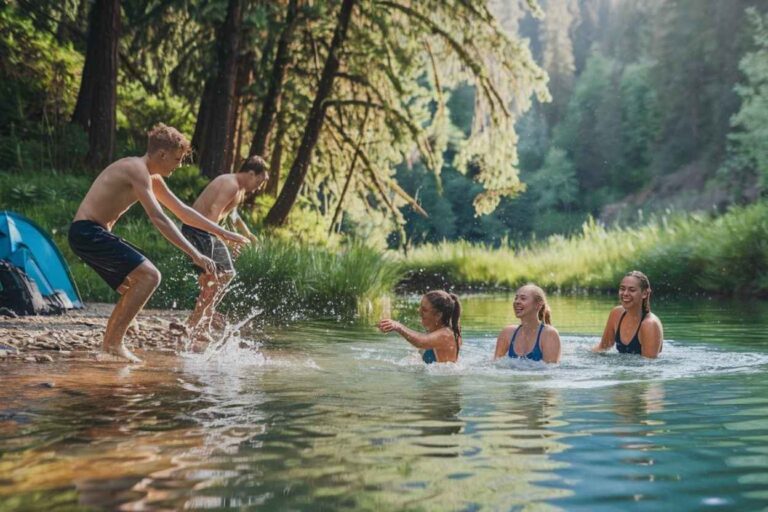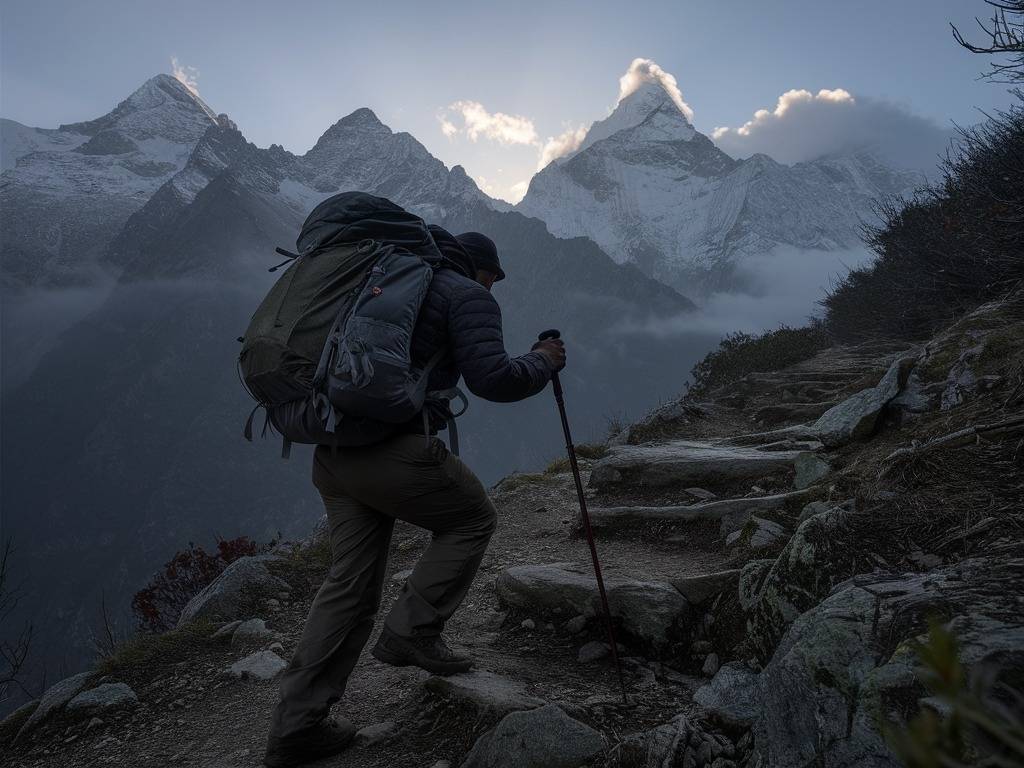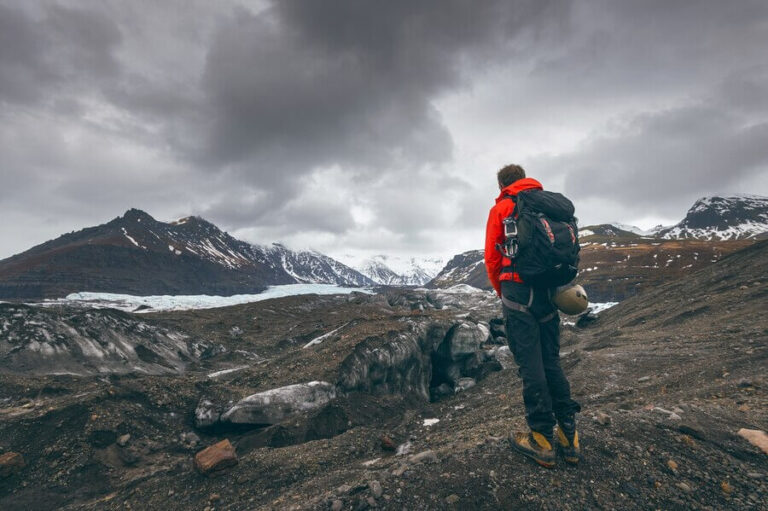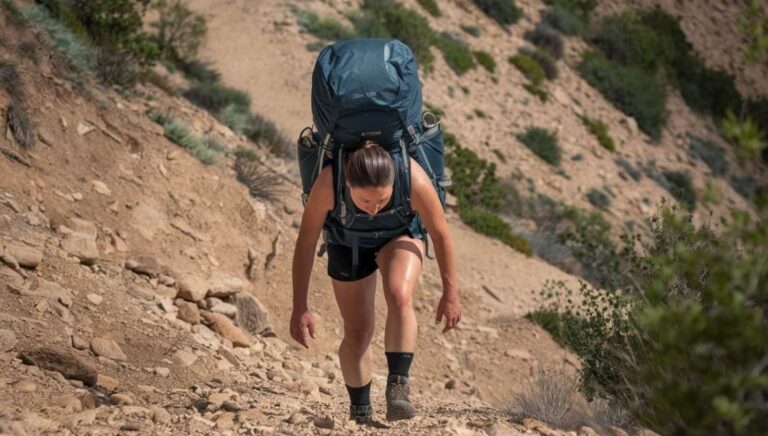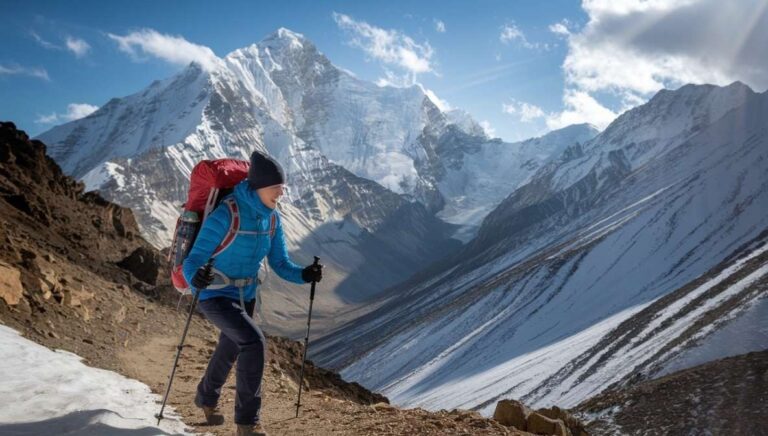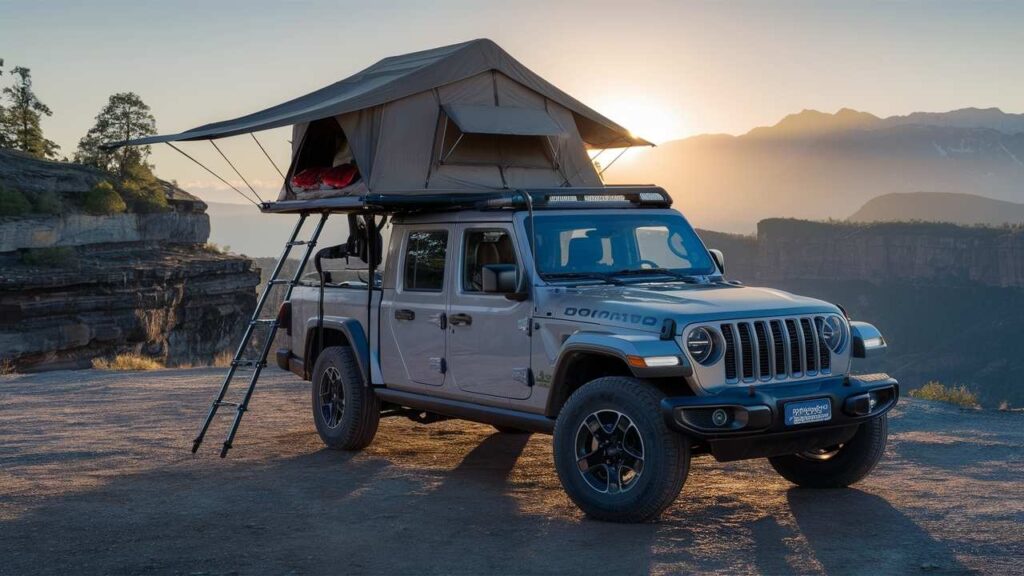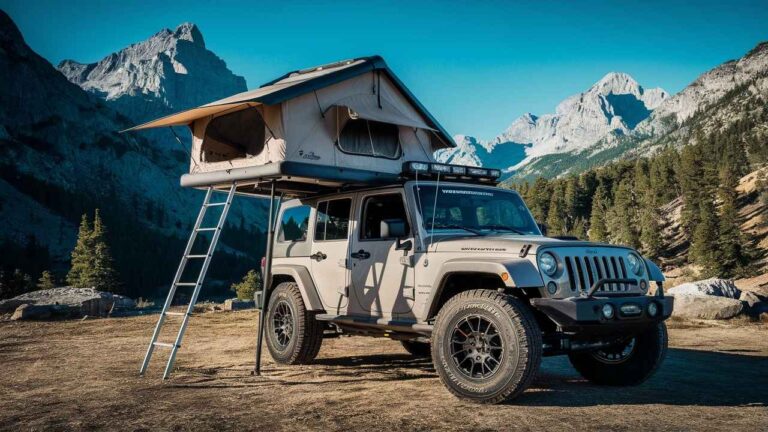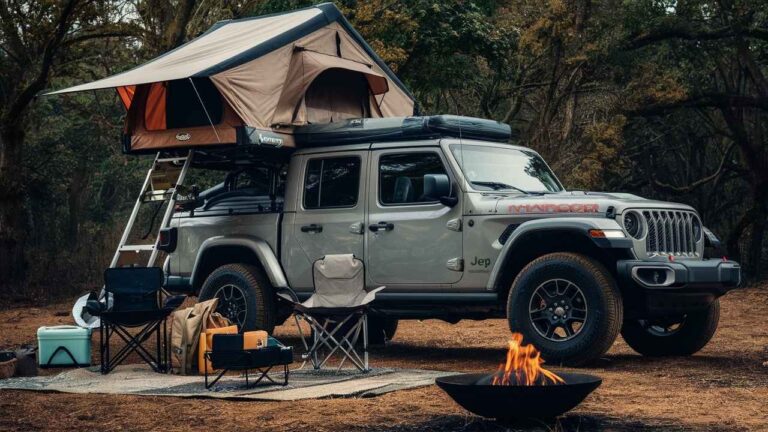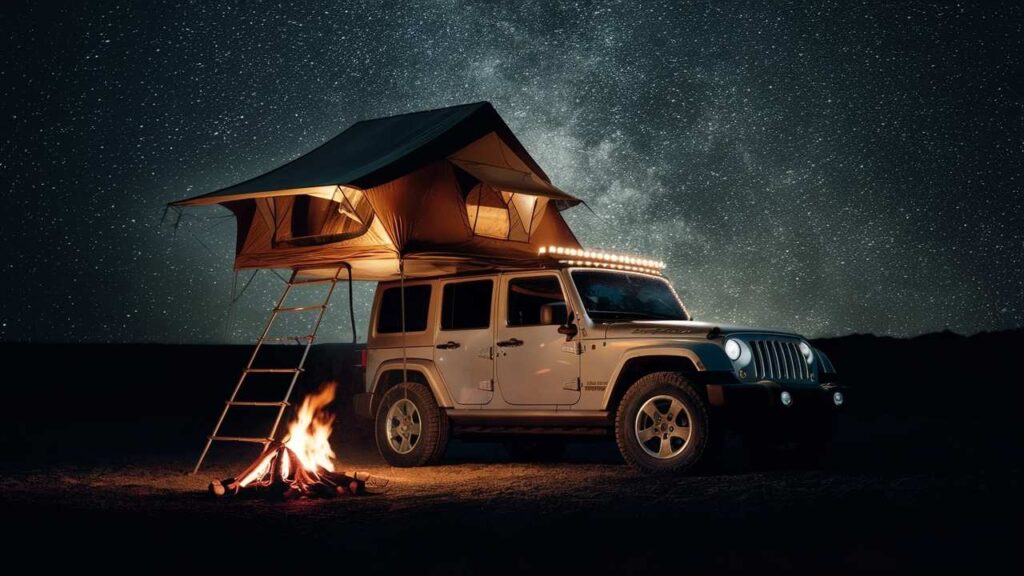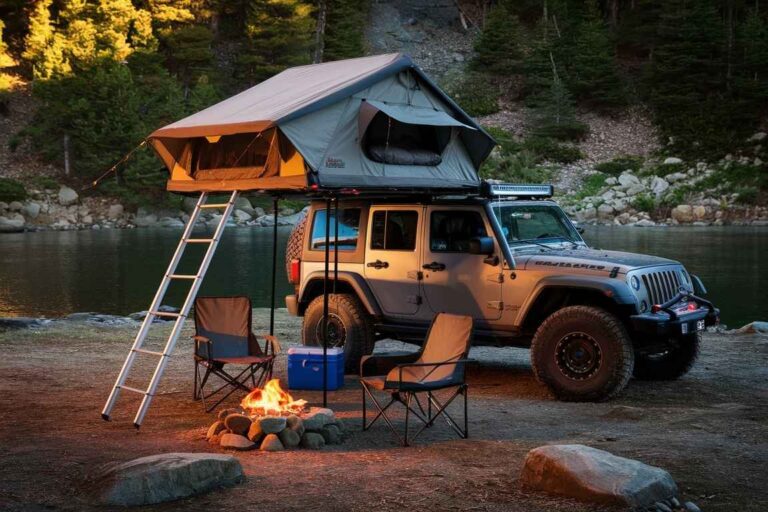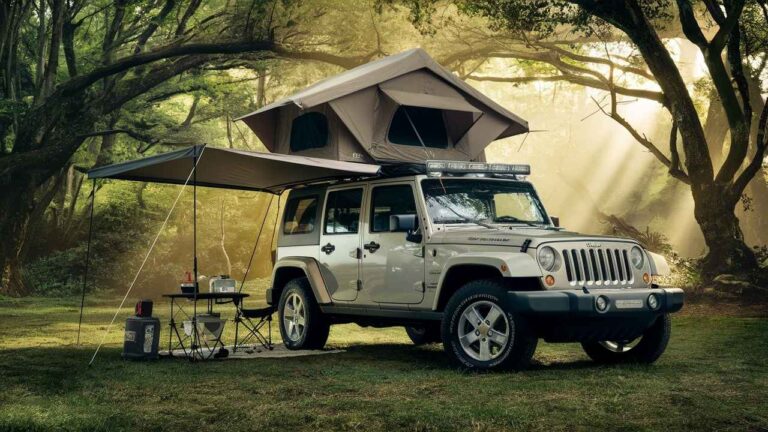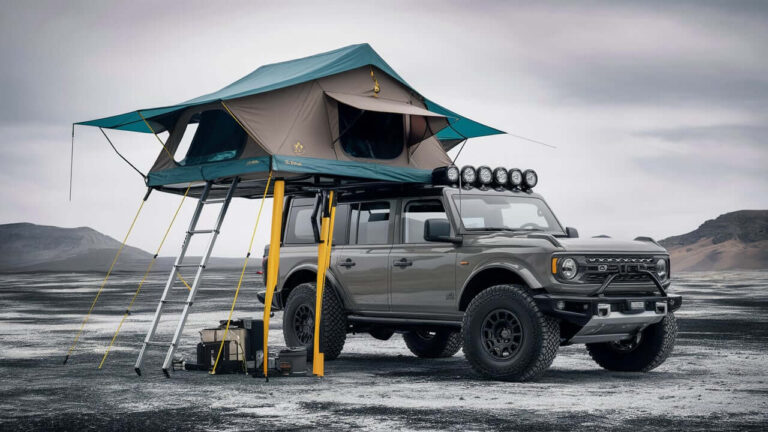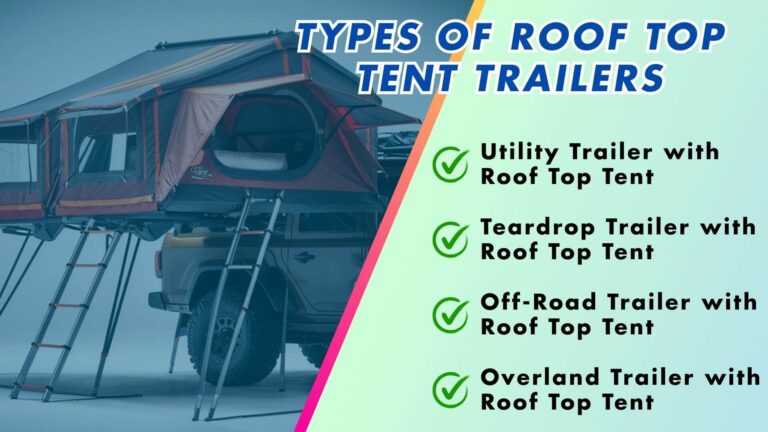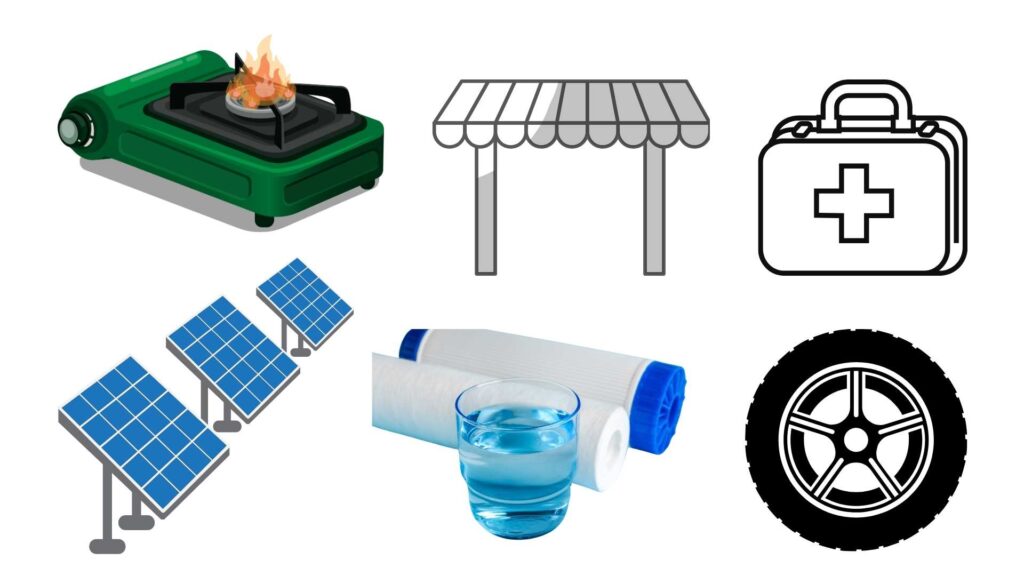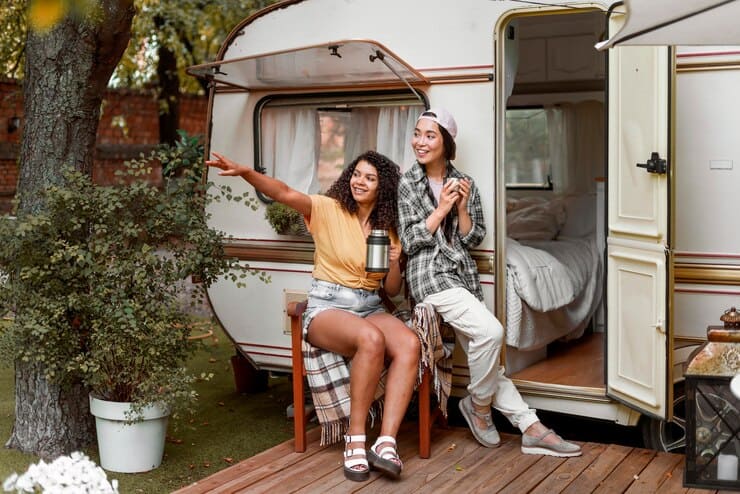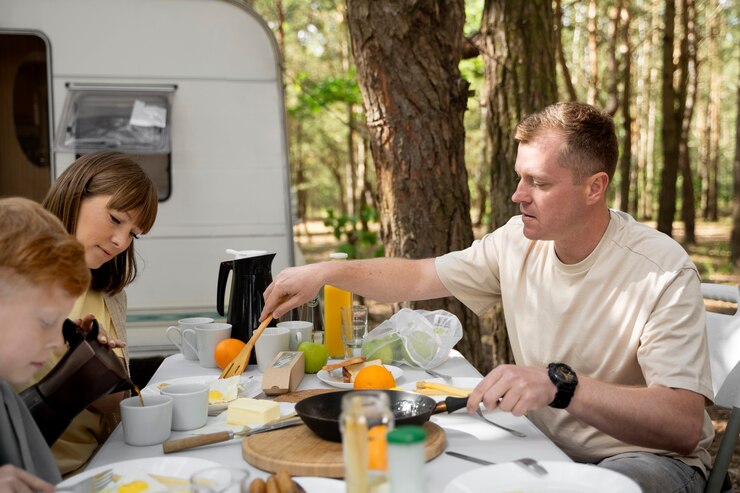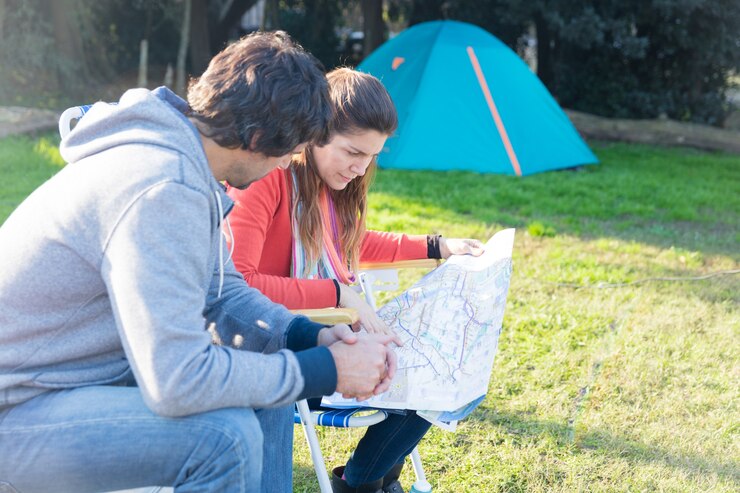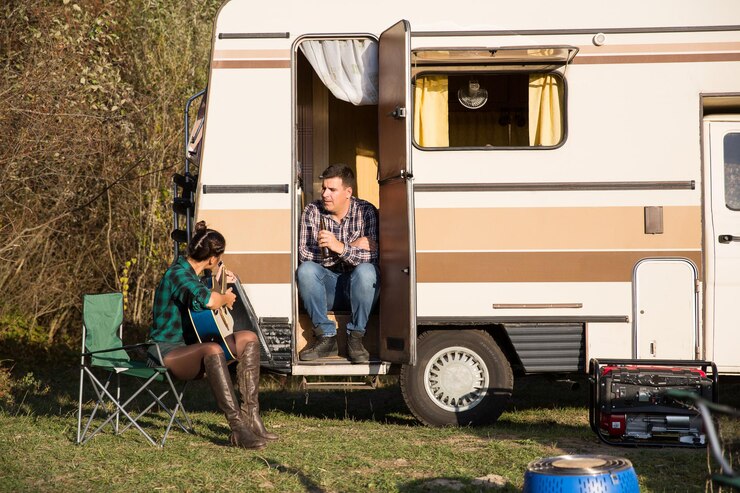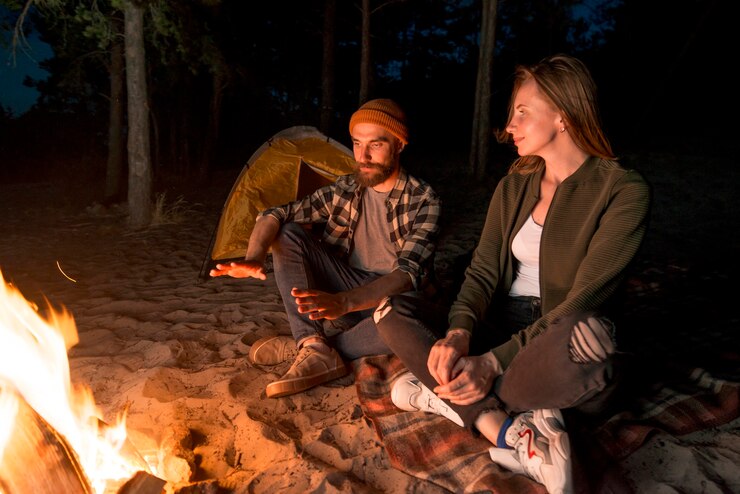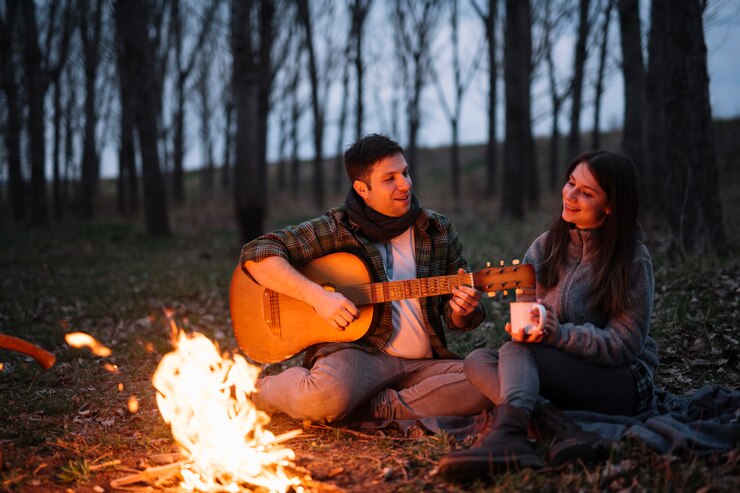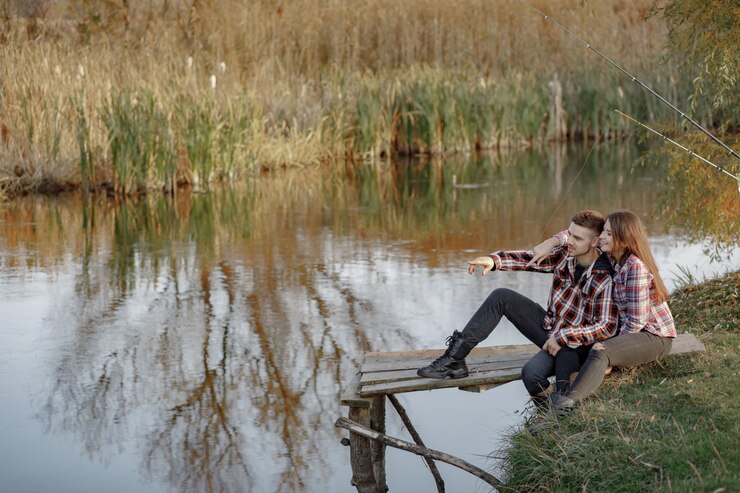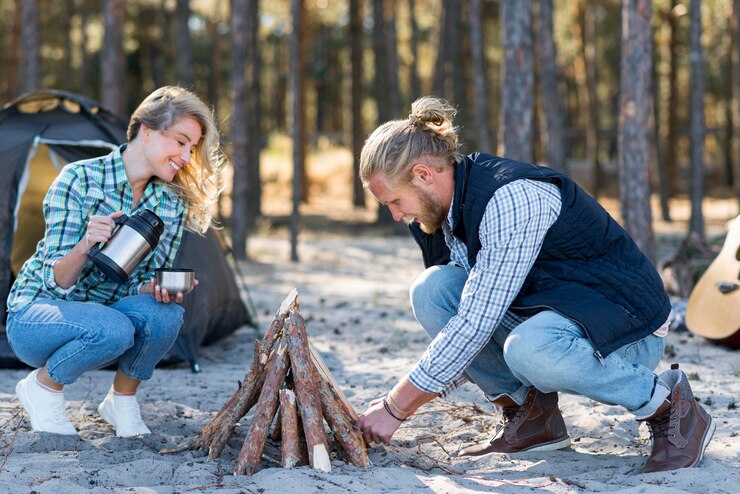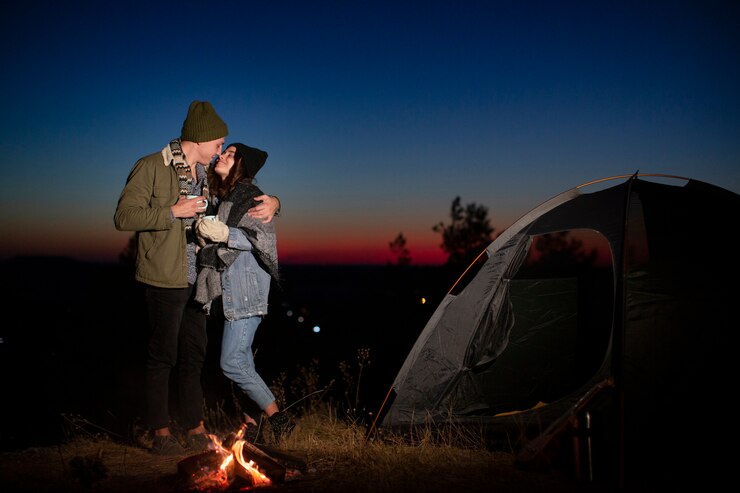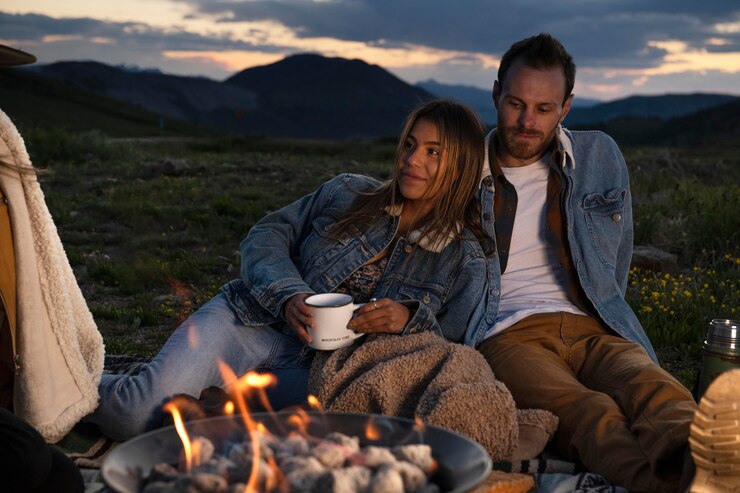7 Best Hiking Pants for Women – My Personal Picks
Ahad
/ November 18, 2024
As a girl who loves hiking and the wild whispers of the trails, I know firsthand that a good pair of hiking pants can make or break your adventure. When you’re out there, with miles of untouched paths ahead and nature’s beauty wrapping around you, comfort and functionality are non-negotiable. Here, I’m sharing my top picks for the best hiking pants for women, making your journey smooth, stylish, and full of boundless joy.
1. Women's Quick-Dry Hiking Pants with UPF 50 Protection
These lightweight beauties are my go-to for sunny treks and mountain escapades. Made from 90% Nylon and 10% Spandex, they’re breathable, quick-drying, and offer UPF 50 protection. The 4-way stretch material hugs your body, giving you the freedom to leap over streams or stretch on rocks without a second thought. Plus, those six deep pockets, Perfect for storing a compass, some trail snacks, or even a wildflower or two.
Why I Love Them:

2. Hiking Pants for Women – Lightweight Cargo Pants
These pants are like having a trusted hiking buddy. With the same fabric blend as the quick-dry pair, they bring the added perk of adjustable cuffs and a drawstring waistband that fits like a dream. What really steals the show, though, are the six pockets, designed for keeping all your little must-haves secure. I stash my phone, some first-aid essentials, and even a small notepad for when inspiration strikes mid-hike.
Highlights:

3. Hiking Pants for Women – Waterproof Wonders
Nothing dampens a hiking day like unexpected rain, and these waterproof pants have been my saviors more than once. Made of 90% Polyester and 10% Spandex, these pants are lightweight but feature a water-repellent coating that keeps you dry. The quick-drying fabric lets you continue your adventure without that dreaded soggy-pants feeling.
What Makes Them Stand Out:

4. Fleece-Lined Hiking Pants for Women Cold Adventures
For those crisp, chilly hikes, these fleece-lined pants are like a warm hug. I remember wearing them on a dawn trek, the kind where the air bites but the scenery makes it worth it. The water-resistant outer layer kept me dry when the dew settled, while the cozy fleece lining locked in warmth. They’re also windproof, which is a blessing when the weather takes an icy turn.
Best Features:

5. Hiking Pants for Women – Tailored for Tall Hikers
I’ve always believed that every hiker, no matter their height, deserves pants that fit just right. These tall inseam hiking pants offer lengths from 30″ to 36″, making them a rare find for those of us with longer legs. They’re made from a blend of Nylon and Elastane, providing both flexibility and durability for long, strenuous hikes.
Why You’ll Love Them:

6. Hiking Pants for Women – Waterproof & Windproof for Snowy Trails
When it comes to winter hiking, these waterproof, windproof pants are top-tier. The spandex-infused shell keeps moisture out while allowing for easy movement. The fleece lining keeps your legs warm, even in a flurry of snow. I remember a hike last winter where the wind howled around us, and these pants kept me snug as I trekked through the frosted landscape.
Details I Appreciate:
7. Hiking Pants for Women – Snow-Ready Ski Pants
These insulated pants are built for the most extreme winter hikes and skiing adventures. I first wore them during a snowshoeing trip, where they kept me warm and dry while offering great flexibility. With a mid-rise cut and elastic waistband, these pants sit comfortably without pinching or slipping.
Top Reasons to Choose These:

Whether you’re tackling misty trails or wandering under a sky filled with flurries, having the right hiking pants for women makes each step more confident. These pants have been by my side, turning every hike into an adventure I cherish. So, pick your pair, lace up your boots, and let the trails call you. Happy hiking, ladies!



